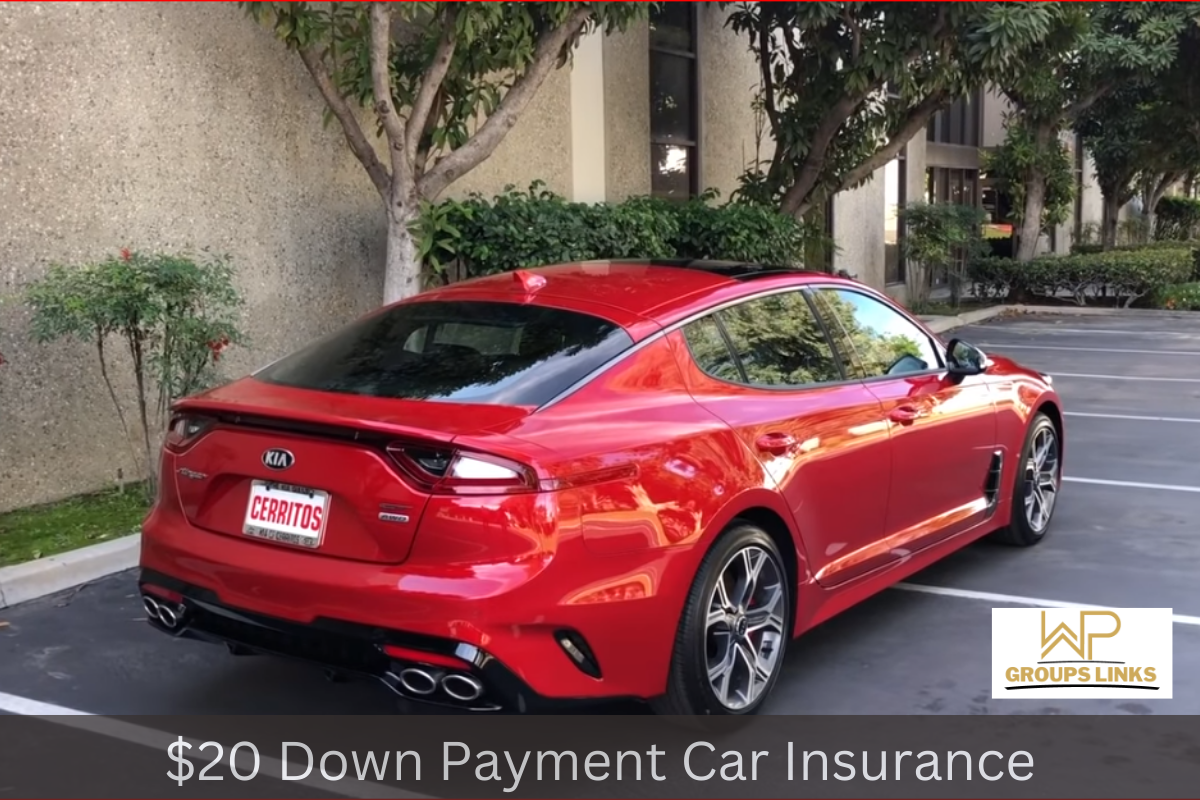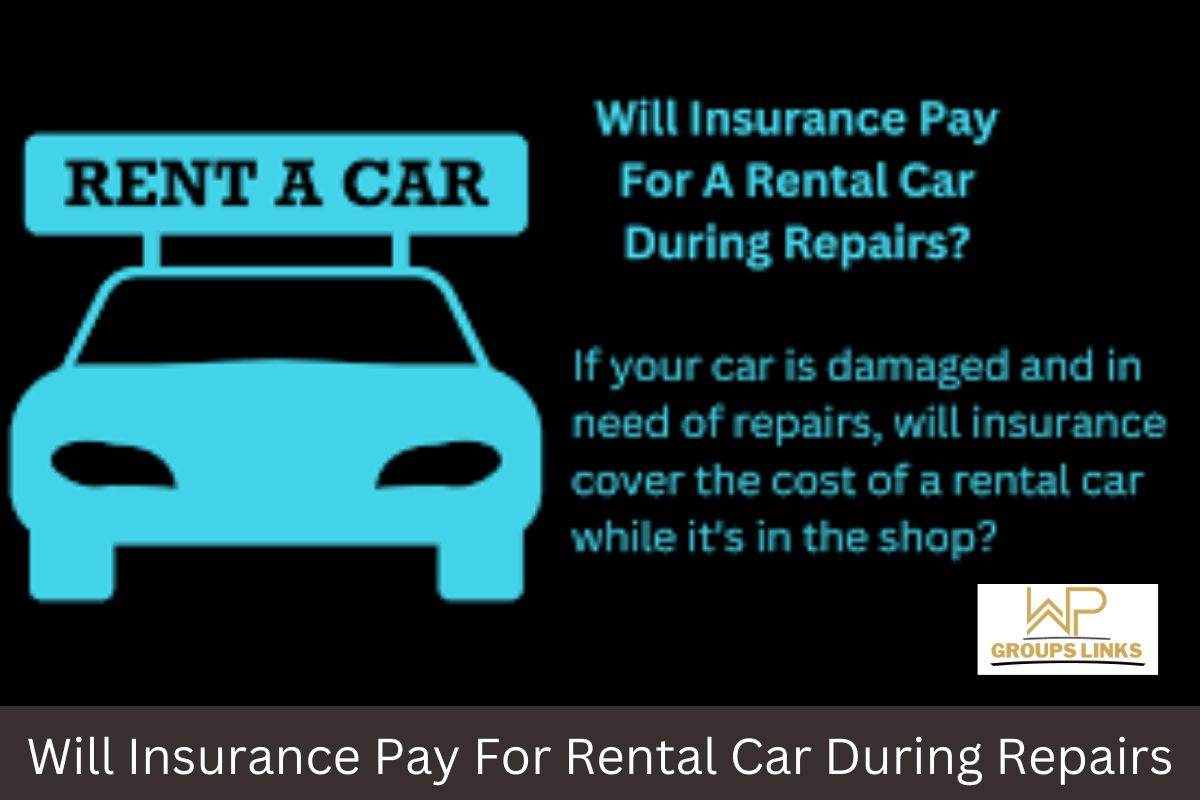Car Insurance Costs
Car insurance is a financial safety net that every driver needs. While it’s a necessity, understanding the various factors that influence car insurance costs can be like trying to decipher a secret code. In this comprehensive guide, we’ll demystify the world of car insurance costs, breaking down the complex factors that go into determining your premiums.
The Basics of Car Insurance
What is Car Insurance?
Car insurance is a contractual agreement between you and an insurance company. You pay a premium, and in return, the insurer agrees to cover the costs of certain types of damage or loss related to your vehicle.
Types of Car Insurance
There are several types of car insurance, including liability insurance, collision insurance, comprehensive insurance, and more. Understanding these types is crucial in determining your overall costs.
Factors Influencing Car Insurance Costs
Your Driving Record
Your driving history plays a significant role in determining your insurance premiums. If you have a clean record, you’ll likely pay less than someone with a history of accidents or traffic violations.
Vehicle Type
The make and model of your car also affect your insurance costs. High-end vehicles typically come with higher premiums due to the increased cost of repairs and replacement.
Location Matters
Where you live can impact your insurance rates. Urban areas with higher traffic and crime rates tend to have higher premiums compared to rural areas.
Age and Gender
Younger and inexperienced drivers, as well as male drivers, often face higher insurance costs. This is because statistics show they are more likely to be involved in accidents.
Coverage Levels
The amount of coverage you choose greatly influences your premium. Opting for higher coverage limits or additional coverage options will result in higher costs.
Deductible Amount
Your deductible is the amount you must pay out of pocket before your insurance kicks in. A higher deductible typically means lower premiums, but you’ll pay more in case of a claim.
How to Save on Car Insurance
Shop Around: Don’t settle for the first insurance quote you receive. Different insurance companies offer varying rates and discounts. Take the time to compare quotes from multiple insurers to find the best deal.
Bundle Policies: Consider bundling your car insurance with other insurance policies you may have, such as home or renters insurance. Insurance companies often offer discounts for bundling multiple policies with them.
Maintain a Good Credit Score: Your credit score can impact your insurance premiums. Insurance companies use it as a factor to assess your risk level. Maintaining a good credit score can help you secure lower insurance rates.
Raise Your Deductible: The deductible is the amount you must pay out of pocket before your insurance coverage kicks in. By opting for a higher deductible, you can lower your premium costs. However, be sure you can afford the deductible in case of an accident.
Drive Safely: Maintaining a clean driving record is one of the most effective ways to keep your insurance costs down. Avoid accidents and traffic violations to qualify for safe driver discounts.
Take Defensive Driving Courses: Completing a defensive driving course can not only make you a safer driver but also lead to discounts on your insurance premiums. Check with your insurance provider for approved courses.
Consider Your Coverage Needs: Review your insurance coverage regularly to ensure it still meets your needs. If you have an older car, for example, you might consider dropping collision coverage if the cost of the coverage exceeds the value of your vehicle.
Ask About Discounts: Inquire about available discounts with your insurance provider. They may offer discounts for things like being a good student, having anti-theft devices in your car, or being a member of certain organizations.
Drive Less: Some insurers offer usage-based insurance policies where your premium is based on how much you drive. If you don’t use your car for long commutes, this could lead to lower rates.
Choose the Right Vehicle: Before purchasing a new car, consider how it will impact your insurance costs. High-performance or luxury vehicles often come with higher insurance premiums due to the cost of repairs and replacement parts.
Review Your Coverage Limits: Evaluate whether you need the maximum coverage for all aspects of your policy. Adjusting your coverage limits, within legal requirements, can help lower your premiums.
Ask for Discounts for Safety Features: If your car is equipped with safety features like anti-lock brakes, airbags, or a backup camera, ask your insurer if you can get a discount for these features.
By implementing these strategies, you can potentially save money on your car insurance premiums without sacrificing the coverage you need. Remember that each insurance company has its own policies and discounts, so it’s essential to communicate with your insurer and explore all available options for savings.



